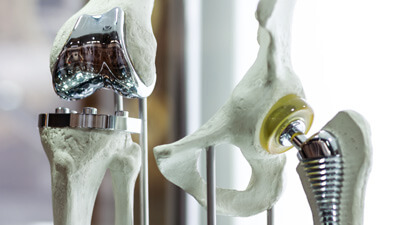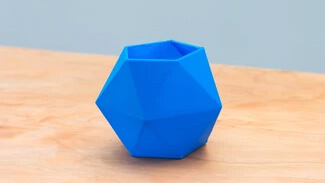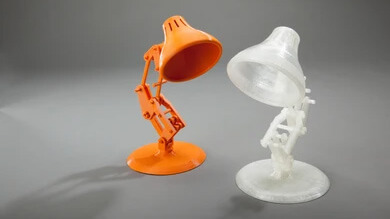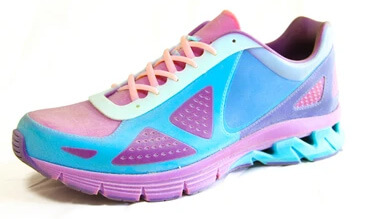SBS, or styrol-butadiene-styrol, is a co-polymer that combines flexibility with durability. This lightweight material became a great alternative to ABS in 3D printing thanks to its ease of use and versatility.
Commandez en SBS



SBS, or styrol-butadiene-styrol, is a co-polymer rubber material widely used for making toys, sealants and adhesives, shoe soles and bitumen products for road paving. These materials can be used in 3D printing and Molding. SBS exhibits great mechanical strength and abrasion resistance along with flexibility and toughness. All these properties are possible due to rubber center blocks and polystyrene end blocks in the structure of styrol-butadiene-styrol resins. SBS blends with lower styrene content fall closer to vulcanized rubber materials, though, unlike it, they are less resilient during deformation. In some cases, SBS is used as an additive in plastics and adhesive to improve impact resistance.
SBS material has great properties and surface qualities. However, the material is prone to degradation at high temperatures and the butadiene content makes it prone to oxidation and weathering. To solve this issue, the butadiene block can be changed to ethylene-butylene repeat units resulting in SEBS. SEBS material presents better thermal stability and resistance to weather, while keeping great mechanical properties of SBS. SEBS can be steam sterilized making it suitable for a wider range of products.
SBS has been named a “miracle” filament in 3D printing for a reason. For starters, it is relatively easy to print with. SBS has low shrinkage and little to no issues of sticking to the plate. The filament almost never breaks during the printing process and requires quite accessible nozzle temperatures of 240°C and up to 70°C for the bed. SBS doesn’t have any smell during printing (unless some colorants are added) and can be used for parts coming in contact with food.
Printed parts from SBS are lightweight, flexible and very durable. SBS isn’t elastic but it is flexible enough to be used for cases and bracelets.
Another notable quality of SBS filament is its translucent nature. In FDM 3D printing completely clear parts are nearly impossible due to the oxygen bubbles being trapped between the layers. However, SBS delivers results with up to 93% of light transmission, which can be further improved by treating objects with limonene solvent.
To top it off, SBS is resistant to water, which means that not only it can be easily stored but also used for parts and components that come in contact with moisture.
| Nozzle Temp. | 225–240 °C |
| Bed Temp. | 85–100 °C |
| Speed | 40-60 mm/s |
| Raft | 5 |
| Retraction | 8 mm |
| Cooling | 30% |
When melted, SBS becomes suitable for injection molding and reminds vulcanized rubbers. Though, SBS doesn’t have a “cure” stage, which makes this material a more economic medium saving time and energy. SBS is soft to the touch, which makes it a popular choice for making hand tool components and toys.
Tous les commentaires (0)